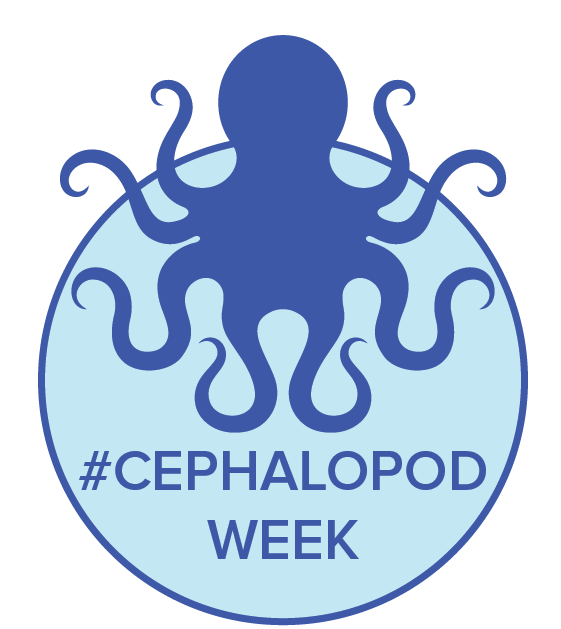Bret Grasse lovingly calls the Cephalopod Operations division at the Marine Biological Laboratory (MBL) in Woods Hole, Massachusetts the “cephalopod empire.” The lab houses roughly 2,000 to 3,000 cephalopods—likely the largest collection of cephalopods of any research laboratory. But it might not be that way for long, if Grasse and MBL have their way. They hopes that one day, these creatures will be as ubiquitous in labs as mice or fruit flies.
“There’s no other invertebrates on the planet that can do what these animals can do,” Grasse says. “They’ve got three hearts, and mini brains at the base of each of their arms capable of movements on their own, abilities to edit their own RNA, and very complex cognition.”
Because of this, cephalopods can provide unique experimental value to scientists, such as the potential study of senescence in mother octopuses as way of investigating neurodegenerative diseases. MBL selected five candidate species to be the next top model organism.
[Let us tell you the tale of the jellyfish, the misunderstood genius of the sea.]
Each of the candidate species have an average lifespan of six months or less, and they generally become reproductively mature when they reach three to four months of age. That means that the lab can breed the cephalopods through multiple generations over a short period of time; about 90 percent of the lab’s total cephalopods are hatchlings and eggs. With such a rapid reproduction cycle, Grasse likes to think of the Cephalopod Operations like a startup. “We’re trying to get users to come up and use our animals, but our end game is not for economic profit,” Grasse says. “Our endgame is for knowledge and advancing our understanding of not only cephalopods but ourselves.” The lab is constantly scaling up in order to support the various research organizations it works with.
“We want to encourage that growth and encourage the study of cephalopods,” he says. What we’re really trying to do is build the personnel, the people around us—the people who are working with genetics, behavior, regeneration of limbs—and we can really rise together and learn more about these animals “
Take a peek inside the lab, and meet the five candidate species that could be making their way to a lab near you someday soon.
Striped Pyjama Squid
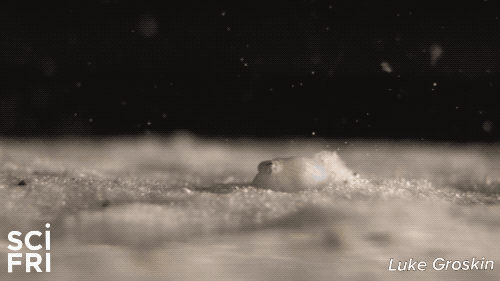
Dwarf Cuttlefish
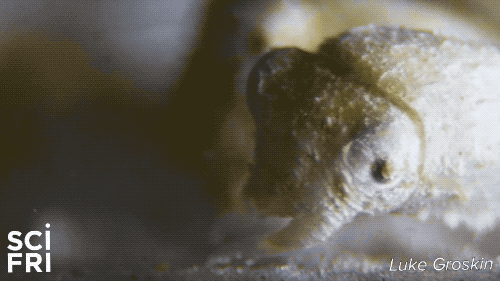
Flamboyant Cuttlefish
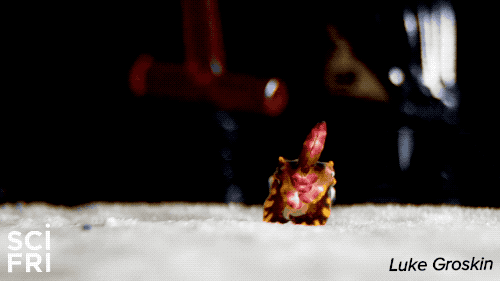
Hawaiian Bobtail Squid
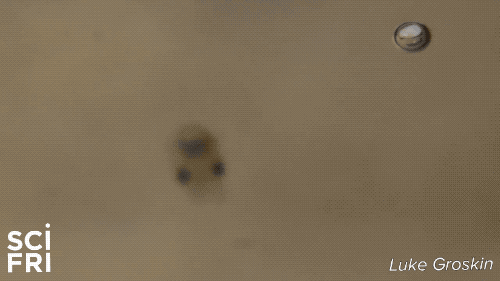
Two-Spot Octopus
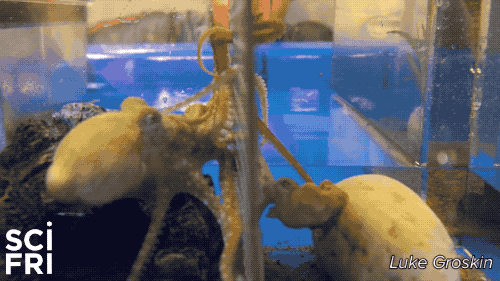
Join Science Friday’s Sea Of Support
With every donation of $8 (for every day of Cephalopod Week), you can sponsor a different illustrated cephalopod. The cephalopod badge along with your first name and city will be a part of our Sea of Supporters!
Credits
Produced by Luke Groskin
Article by Johanna Mayer
Music by Audio Network
Additional Footage and Stills Provided by Bret Grasse and Taylor Sakmar
Meet the Producer
About Luke Groskin
@lgroskinLuke Groskin is Science Friday’s video producer. He’s on a mission to make you love spiders and other odd creatures.
